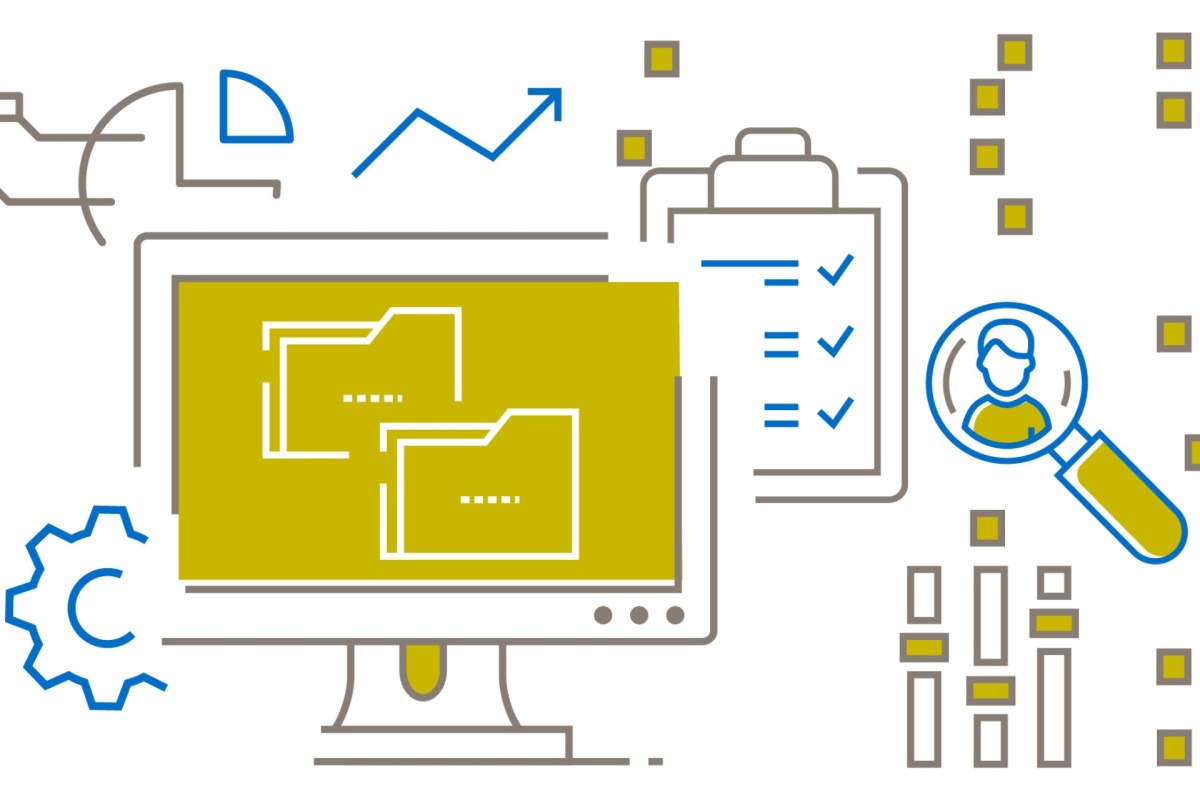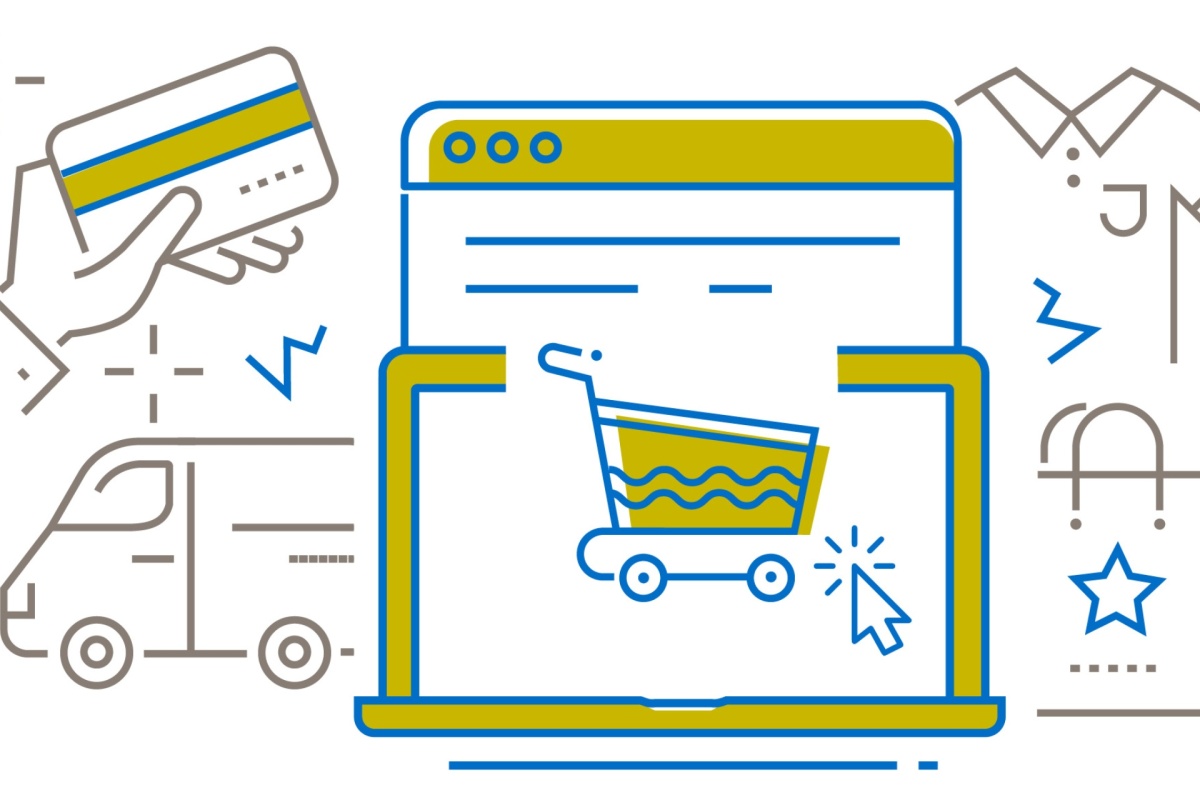Many companies will be affected by the obligation to report on sustainability (CSRD, ESG, GRI) as of 2024. The Net Zero Cloud is a central IT system that records emissions and social factors across all areas, which in turn helps in the preparation of the CSR report.
The Net Zero Cloud evaluates companies’ forecasts, emission targets and current carbon footprint in user-friendly reports from scope 1, for example the company’s buildings, to scope 3, the supply chains.
Next stop: net zero hero
Germany wants to become climate neutral by 2045. This means reducing net carbon emissions to zero. According to the German Environment Agency (Umweltbundesamt), Germany emitted 739 million tonnes of CO2 equivalents (tCO2e) in 2020, making it the seventh largest emitter of carbon dioxide in the world (Statista, 2022). The energy industry, manufacturing, agriculture and transport are the biggest drivers of emissions. The transport sector generates 20 per cent of Germany’s total emissions, with road transport alone responsible for 95 per cent of these emissions (emission sources, 2021).
Looking at these figures, it is easy to see that they are very high compared to the zero climate target. But the industry needs to move towards:
- Climate neutrality
- Net zero
- No carbon footprint
- Sustainable management



